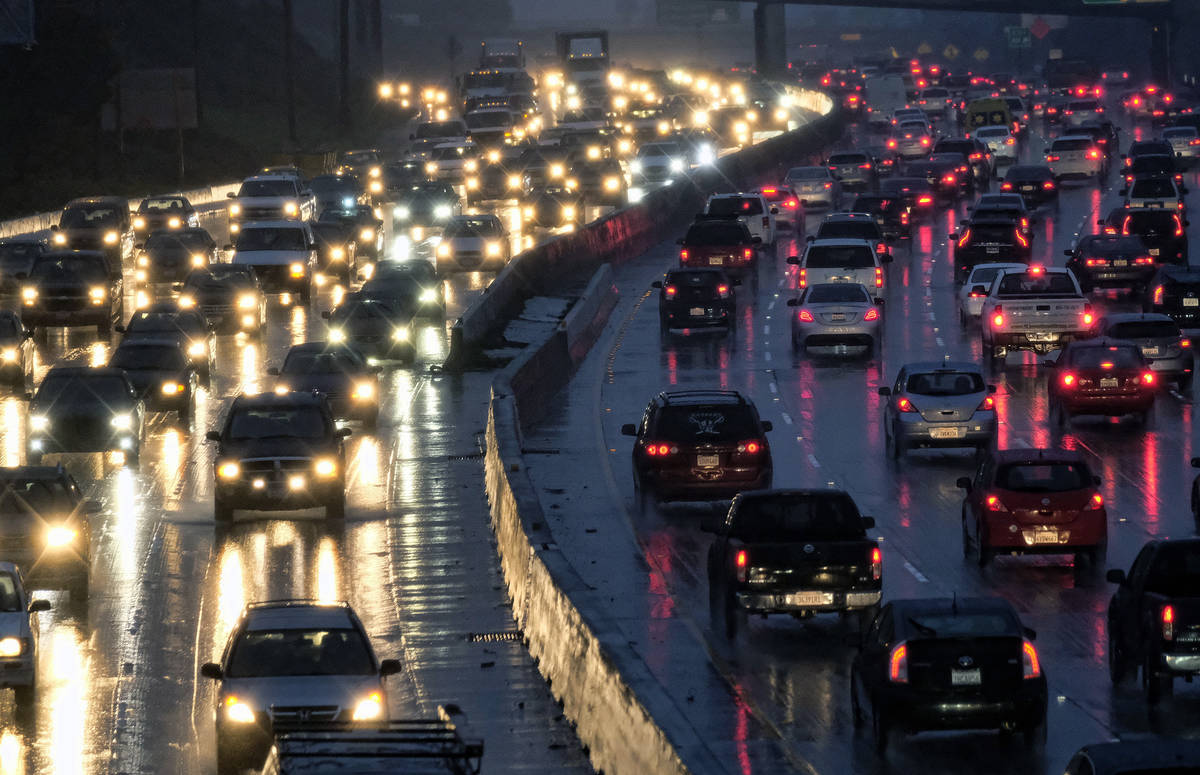EDITORIAL: Mobility data shows the public isn’t staying home much longer
The coronavirus quarantine is ending whether politicians want it to or not. That’s the revelation of mobility data released by Apple.
In response to the virus outbreak, Apple has been releasing data on how often people request directions in Apple Maps. That’s a useful proxy for determining travel and other behavioral patterns. Apple data uses Jan. 13 as its baseline.
The data show that people throughout the country hunkered down from late-March to mid-April. By April 13, travel by vehicle had decreased by 45 percent. From March 23 to April 14, weekday declines of more than 40 percent were the rule, not the exception. Before and after the lockdowns, trips declined notably on weekends. During that time, the highest amount of vehicle traffic was on Friday, April 10. It measured 36 percent lower than the baseline.
Then something changed. Americans steadily started driving more. On May 1, driving was down less than 12 percent from the baseline.
Put another way, Americans took 46 percent more trips on May 1 than they did on the first Friday in April. This wasn’t just the result of some states reopening on May 1. The numbers show a steady increase in trips starting around April 15. That trend occurred in cities such as Los Angeles, Chicago, Seattle and Philadelphia. Nevada — and Las Vegas specifically — experienced a similar increase.
While car trips are rebounding, public transit is not. On April 13, public transit ridership — including subways, light rail and buses — had declined more than 76 percent. On May 1, it was down more than 70 percent. In Las Vegas, transit use on May 1 was 60 percent lower.
The numbers offer an important reminder about the limits of government power. Just because Gov. Steve Sisolak issues a stay-at-home order doesn’t mean people are going to stay at home. Members of the public will make their own assessments. In this instance, they’re voting with their cars and, to an ever-increasing degree, getting on with their lives to the greatest extent possible.
But it’s also clear that Nevadans and others have absorbed and made accommodations for the pandemic. It’s much easier to catch a highly communicable disease from someone on a bus or subway than if you’re in a car. People have adjusted their habits accordingly.
This has important policy implications. Heavy-handed government mandates have likely reached a point of diminishing returns. It was inevitable that public tolerance for lockdowns would wane over time. The Apple data indicates that the tipping point is approaching. As policymakers take steps to ease the virus restrictions in Nevada and elsewhere, they’ll increasingly need to craft strategies beyond expecting millions of Americans to hunker down in their homes until a coronavirus vaccine hits the market.

















